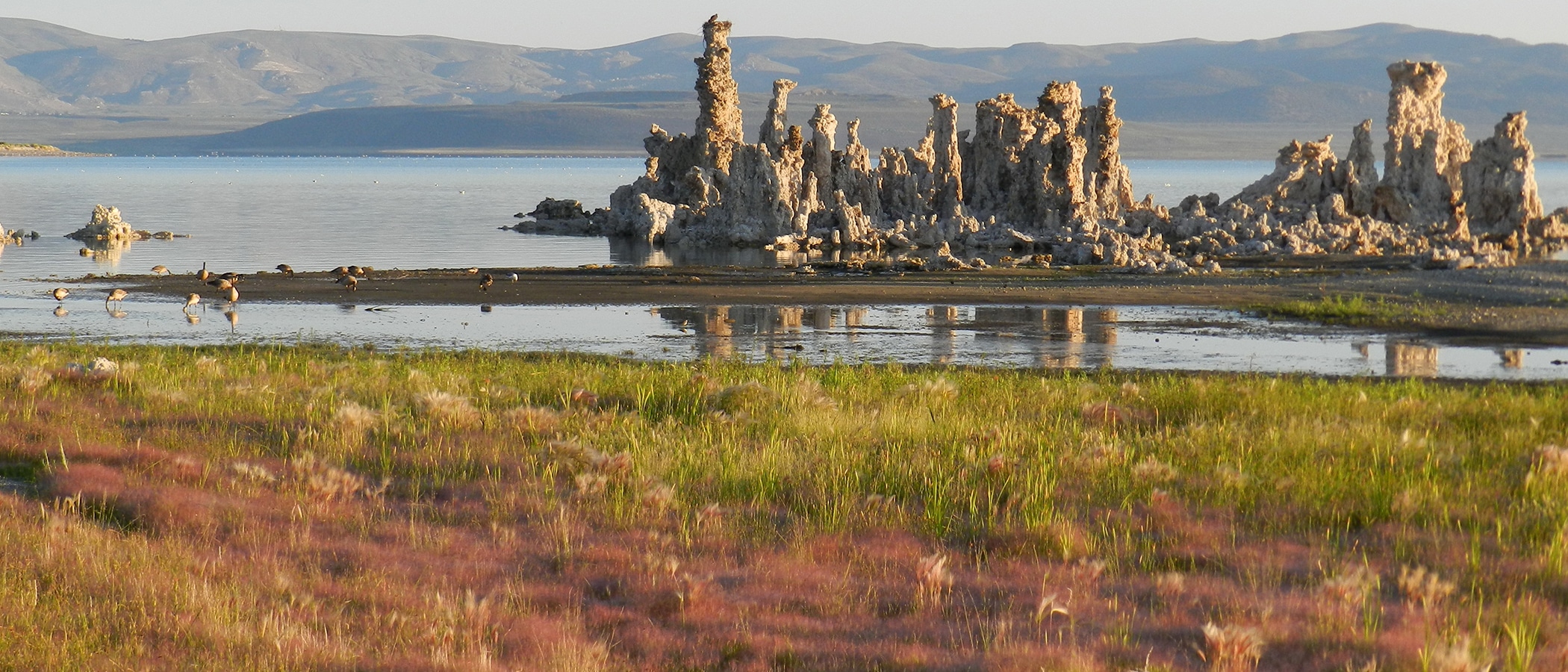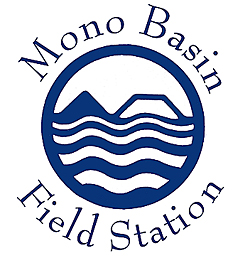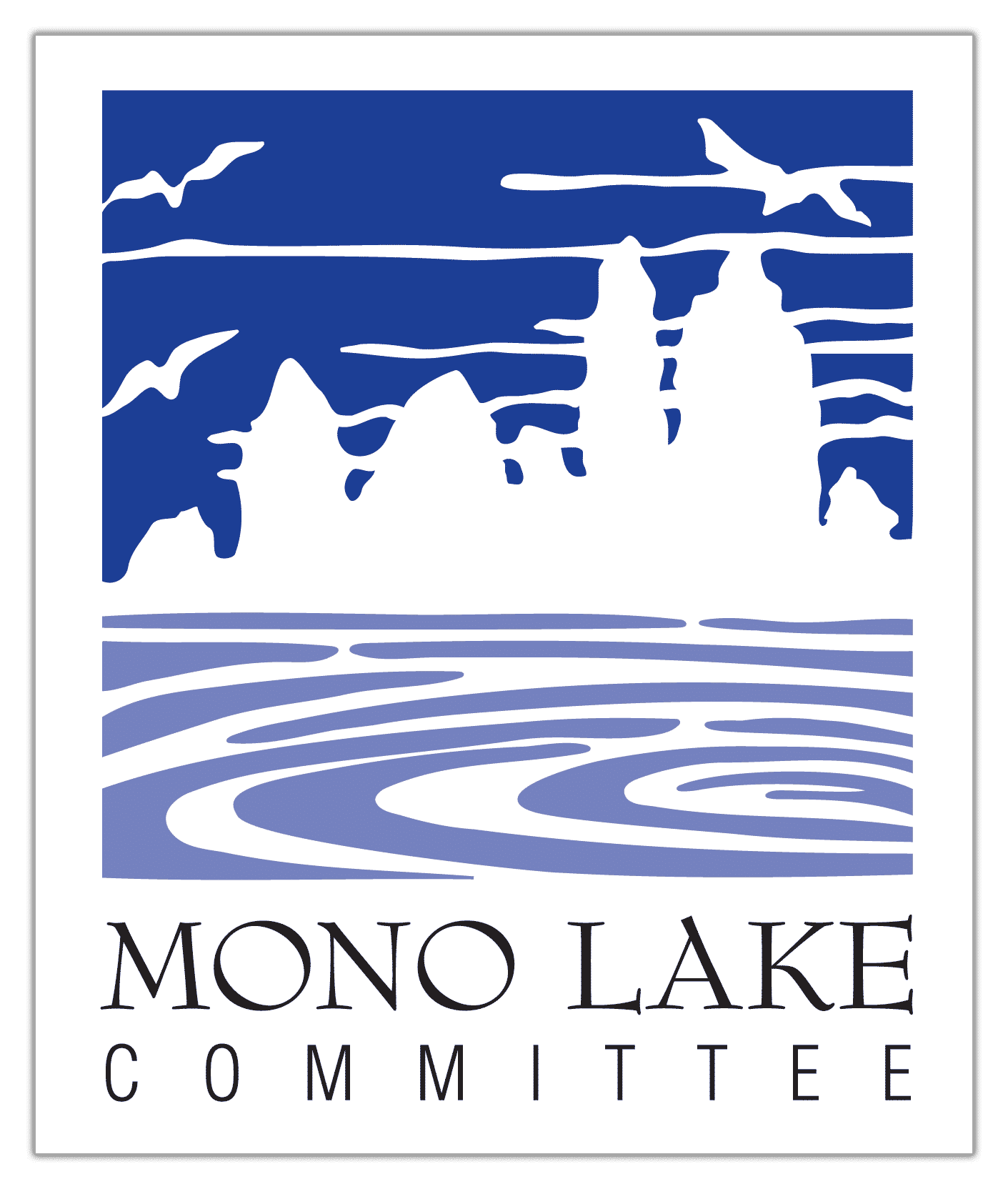

This post was written by Lisa Cutting, 2002-2020 Eastern Sierra Policy Director, 2000-2001 Environmental Resource Coordinator, and 1999 Mono Lake Intern.
Last week the office buzzed with phone calls and inquiries related to the NASA announcement that bacterium from the bottom of Mono Lake has replaced phosphorus—once believed to be an essential element for life—with arsenic, which has huge implications for our understanding of life on earth and beyond.
For decades, Mono Lake has attracted scientists who have studied almost every aspect about this place. Much of that research was used to inform the 1994 State Water Board decision that “saved” Mono Lake from excessive water exports to Los Angeles by balancing the needs of the city with the needs of Mono Lake. But since the decision, research has continued in full force and much of it is cataloged on the Mono Basin Clearinghouse website.
And now, it’s Mono’s uniqueness that has again launched us into the scientific spotlight! Committee staff and members are always thrilled at the possibilities for additional research. Sound science forms the backbone of our policy decisions and often allows us to navigate our way through conflicting perspectives more effectively.
As part of our mission we try to do everything we can to support scientific research at Mono Lake and one of those ways is the Mono Basin Field Station. The Committee operates the Field Station as a facility where scientists can stay inexpensively, have computer access, and be close to their field sites. While we don’t expect every astrobiologist to be calling us for a room, we do want to remind researchers that we are currently accepting applications for the 2011 field season. Contact Bartshe Miller at (760) 647-6595 for more information.
